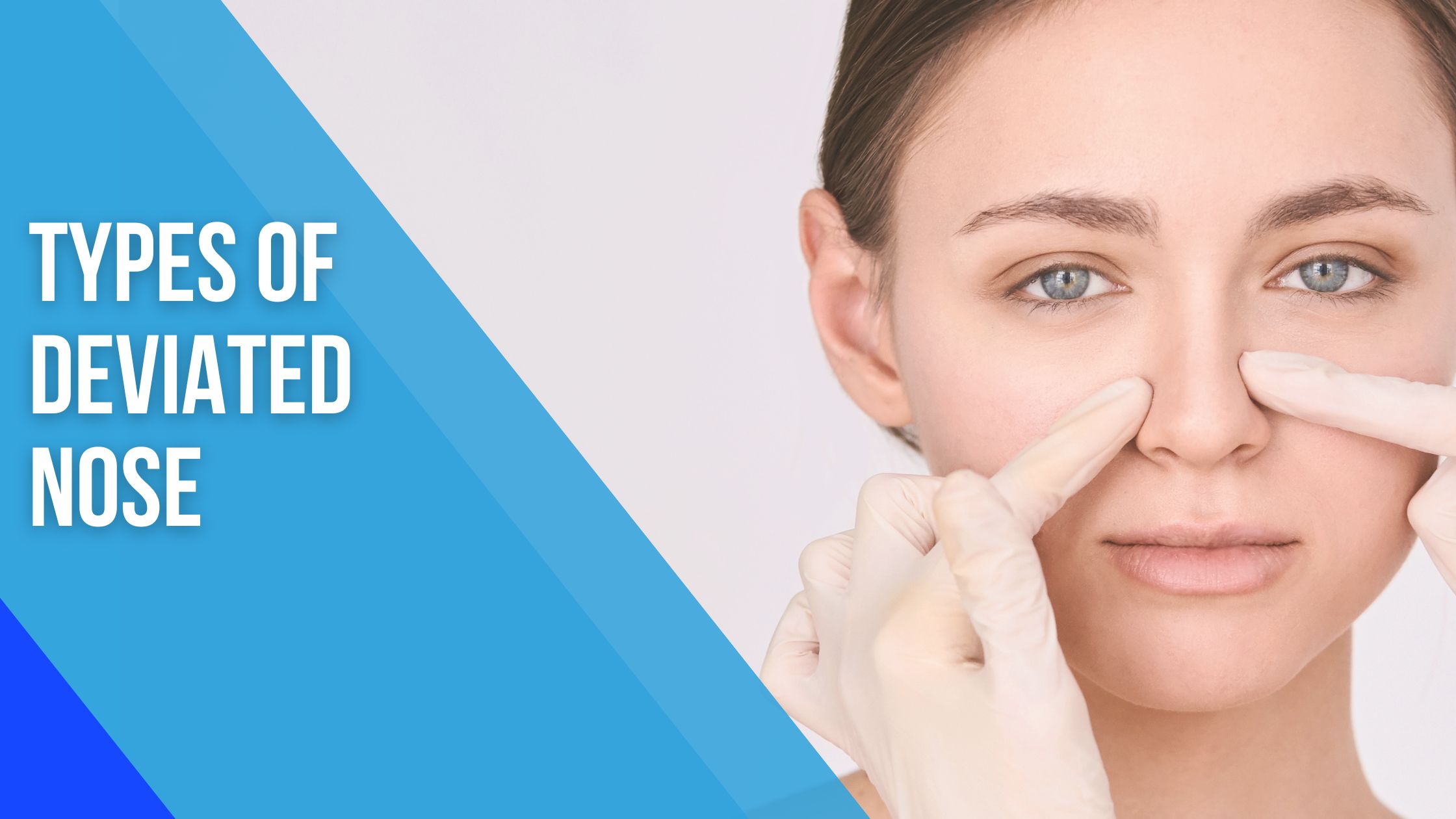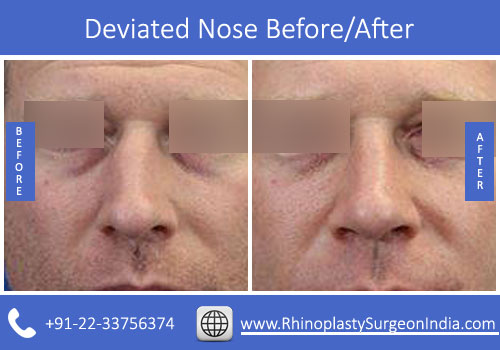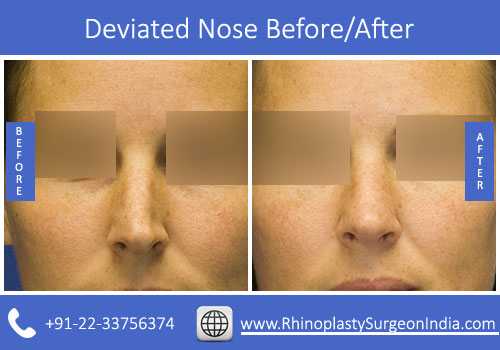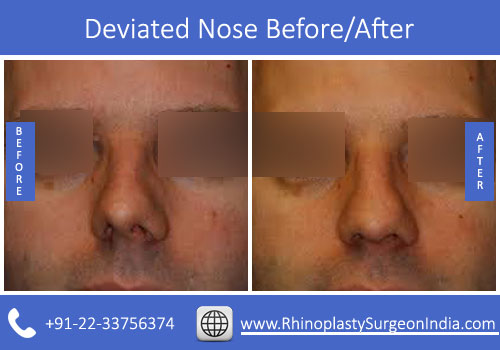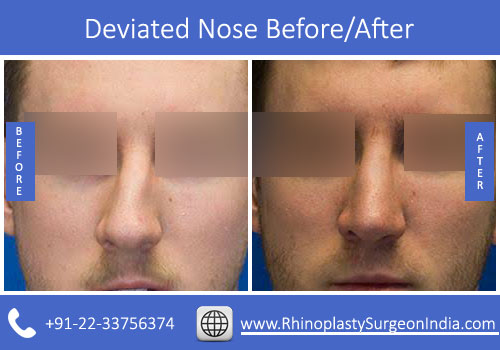The Deviated Nose
Rhinoplasty is one of the most common cosmetic surgeries of all time and at the same time, it is the most complicated of all too. Also commonly known as the nose job, Rhinoplasty comprises many procedures, and out of all those, correcting the deviated nasal septum nose is the most complex of all. Even for experienced surgeons correcting the deviated nose requires specialized attention both during the pre-operative consultations and analysis and even during the process.
The key goal is to correct the deviated nose by straightening the nasal septum. However, there are other considerations too, like repositioning and modifying the septum, without disturbing the support to the nose. The aesthetic lines are to be maintained at the same time and the functional approach of keeping the airway open is also very important.
Thus, you can see that achieving this goal needs special dedication and the expert hands of a surgeon the best rhinoplasty surgeon in Mumbai, who specializes in this type of Rhinoplasty procedure.
Types of Deviated Noses
Yes, there are mainly five types of deviated noses. To a layman, it might just look like a simple deviated nose, but from a surgeon’s point of view, the classification helps because it lets them plan the surgery accordingly in order to maintain the functionality of the nose. The nose is made up of the bony pyramid and the cartilaginous structure and the classification is based on the combination of the two.
The first group is the one that has both the bony pyramid and the cartilaginous structure tilting in opposite directions, the second group has a straight bony pyramid and a convex or concave cartilage structure, the third group is a straight bony pyramid and a tilted cartilage structure, the fourth group is the straight bony pyramid with a bent cartilage and the fifth group is the tilted bony pyramid and tilted dorsum both in same direction.
This classification allows the surgeon to understand the type of deviation that there is and how it can be worked upon. The classification also allows the patient to communicate better with the surgeon. This classification is by no means perfect but it provides a baseline for everybody to understand. Further techniques are used to ensure further correction for example if the nasal tip is also deviated then the Rhinoplasty procedure will be different.
Deviated Nose surgery
Surgery for the deviated nose can be done by both endonasal and external Rhinoplasty procedures. Open Rhinoplasty gives the surgeon better access to the septum and the surrounding structure and more flexibility to work. However, in case of low amounts of deviations closed approach for Rhinoplasty can be used. The rhinoplasty process for deviated noses uses the sequence of first correcting the septal and then the cartilages and then the manipulation of the bony pyramid.
For type one and type two deviated noses various types of osteotomies are used along with the speeder graft and septal batten graft. For type three and type four septoplasty various types of grafts are used to straighten the cartilage structure. Type five deviated nose is corrected using a combination of the best septoplasty surgeon in India and bony osteotomy.
The choice of the type of procedure will depend on the surgeon and the complexity of the deviation. The surgeon will do his or her best to meet the expectations of the patients while maintaining the outer structure of the nose to not to disturb the facial features
Post the Rhinoplasty surgery for the deviated nose, the results might take six to eight weeks to be completely visible as there is going to be some swelling in the operated area. You will be able to see the results clearly once the swelling goes down. For a few days after the surgery, you will be required to avoid any trauma and any heavy work to give time for the nose to heal.
The Deviated Nose Before After Photos, See the Patient Results-
Frequently Asked Questions for The Deviated Nose –
Question 1: What do You mean by a Deviated Nose?
The thin wall (nasal septum) between your nasal passages can get moved to one side, which is known as a deviated septum. One nasal passage is often made smaller in people because the nasal septum is misaligned or deviated.
Question 2: What are the Types of Deviated Nose?
septal crest, cartilaginous deviated nose, high septal crest deviation, caudally inclined septum, septal crest and caudally inclined septum are the types of Deviated Nose.
Question 3: Does the deviated septum get worse with age?
It’s possible to have a deviated septum and not even know it until you get older. That’s because this condition can worsen as you get older and your nasal structures change. Your nose changes just like other parts of your body. The nasal cartilage can become softer, weaker and brittle over time.
Reference Link –
- https://www.riesberginstitute.com/blog/can-a-deviated-septum-get-worse-over-time#:~:text=It’s%20actually%20possible%20to%20have,weaker%20and%20brittle%20over%20time
- https://www.mayoclinic.org/diseases-conditions/deviated-septum/symptoms-causes/syc-20351710
- https://my.clevelandclinic.org/health/diseases/16924-deviated-septum
